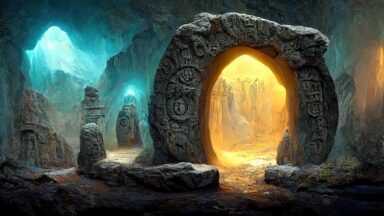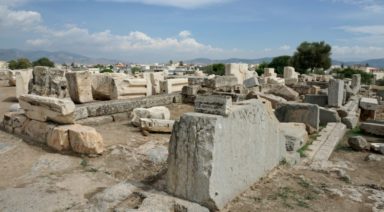Is the ‘Dragon Man’ Skull Actually a New Human Ancestor?

A groundbreaking, recent discovery of a huge fossilized skull in China has archeologists embroiled in heated debate. Is this extraordinary finding evidence of a new human species?
Over the last several decades, the view of human evolution during the past half-million years has become ever more complicated with regular additions to the list of human species that lived during the Pleistocene period. Working out the relationship between these populations of early humans and how they relate to modern humans has proven difficult and, at times, contentious.
The new finding in China is one of the more recent additions to the growing debate.
Andrew Collins is an ancient history researcher who has been closely following these discoveries. “An incredible discovery has been made in China,” Collins said. “And this is of a fairly massive human skull. It’s around 140,000 years old. The first thing they’ve noticed is that it’s got features that are in common with Homo sapiens, but also archaic humans.”
Watch more:
About the Author
Gaia guides people on their personal transformational paths with the world’s largest library of exclusive and original conscious media. Like our members, Gaia staff are driven by curiosity, passion and the desire to grow, as we continue on our own spiritual journeys and quests. Our members inspire our own authenticity: the quest for transformation never ends. If there is a topic you’d like to learn more about, please let us know. You can also join Gaia as a contributing author and help us connect readers to people and ideas that fuel a conscious life.
Next Article
The Pre-Adamites: Did Humans Inhabit Earth Before Adam and Eve?

The timeline of human existence has captured the attention of philosophers, scientists, and ordinary, curious people throughout the ages. Of course, there is the famous tale of Adam and Eve, but were they truly the first humans to walk the Earth? There is a growing body of research that suggests modern humans were not the first intelligent beings to live on our planet.
Did Pre-Adamites Exist?
There are groups from all belief systems — Christians, conspiracy theorists, alien researchers, evolutionists, and more — who believe pre-Adamites (humans or intelligent beings that walked the Earth before Adam) actually existed.
The idea of the possibility of a pre-Adamite civilization and discussion about the origin of the human race is not a new one. Debates on the topic have been taking place since 170 AD. Over the years, many theories swirled about, enticing logical and romantic thinkers alike to explore further, look deeper, and question what they had been taught.




































